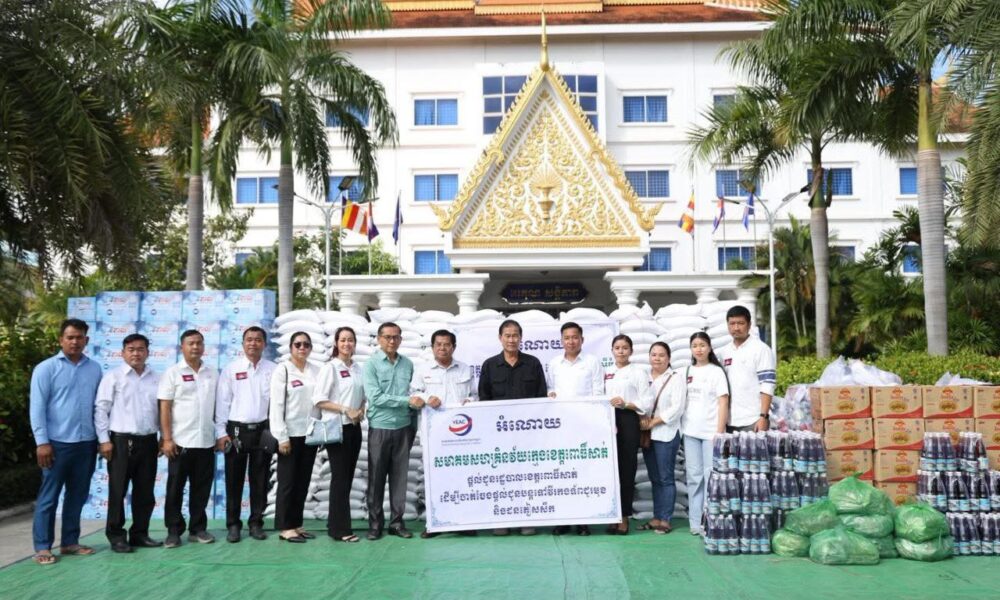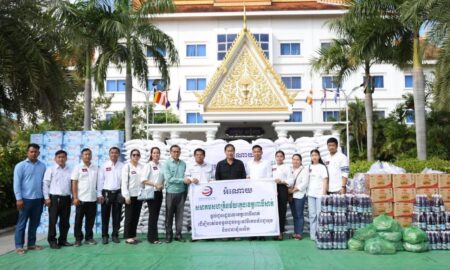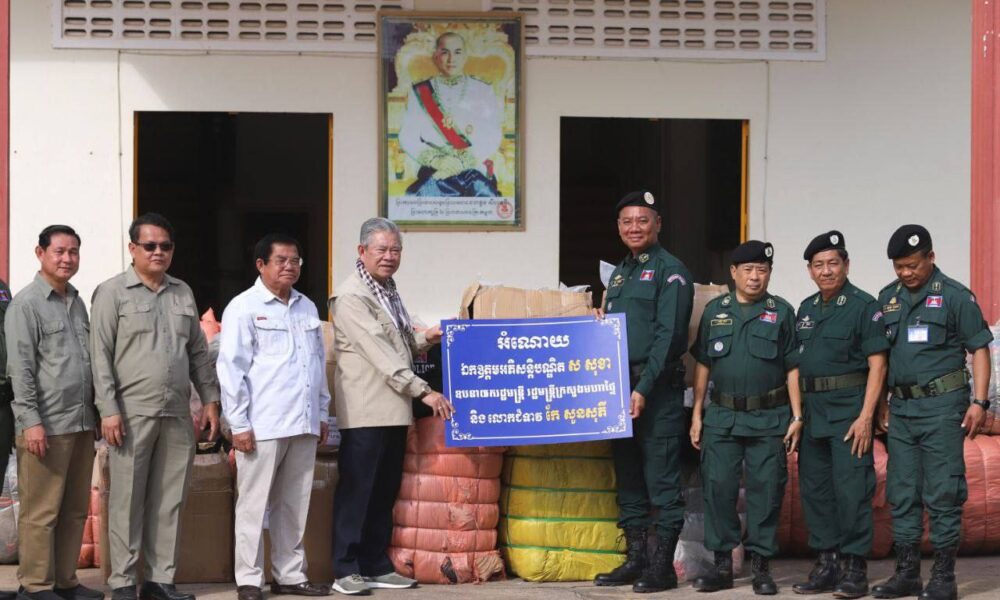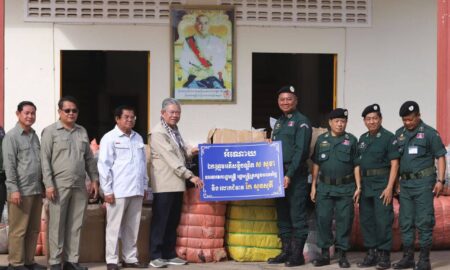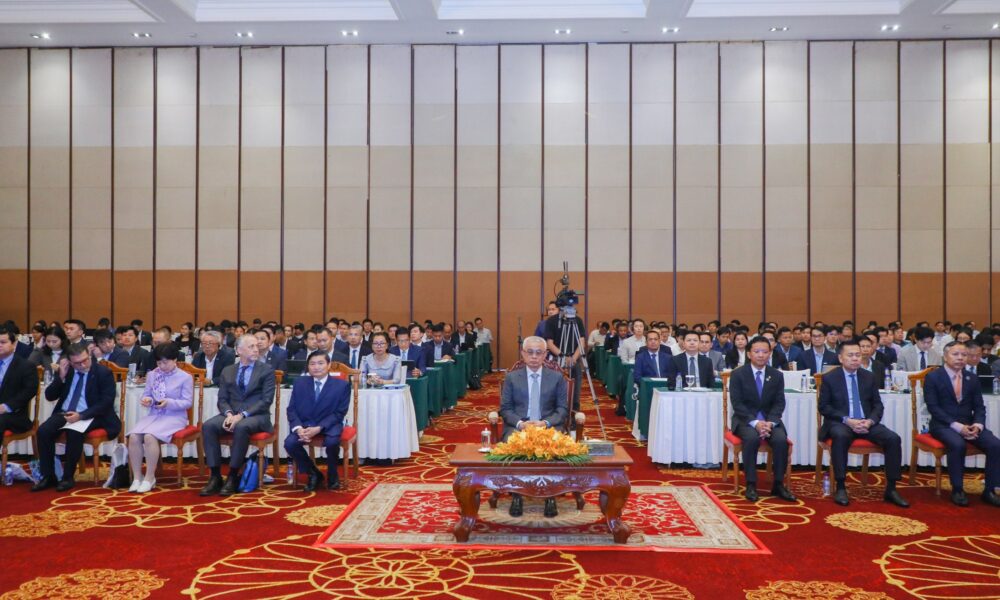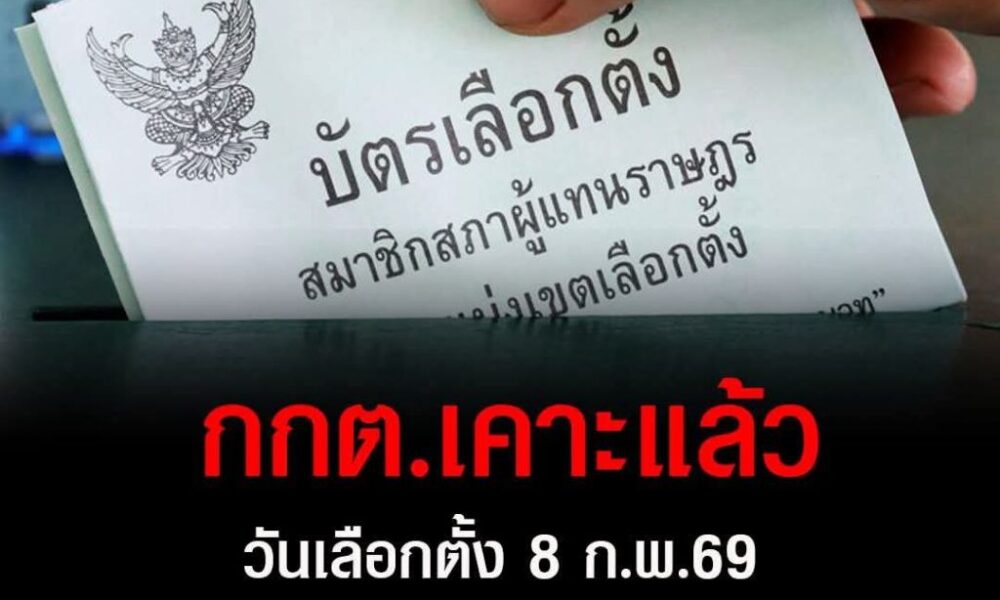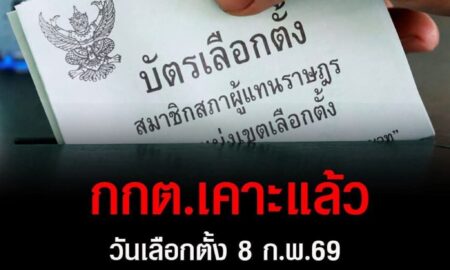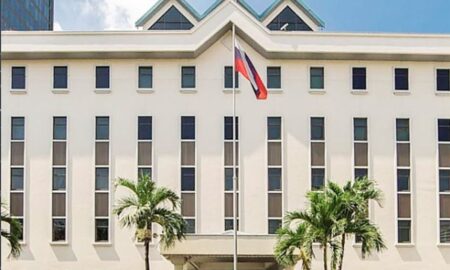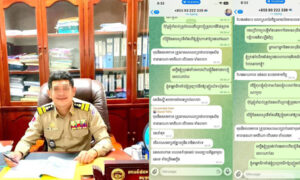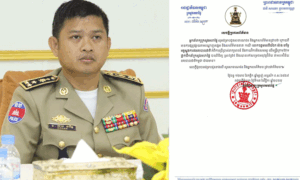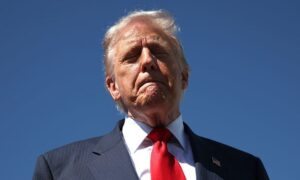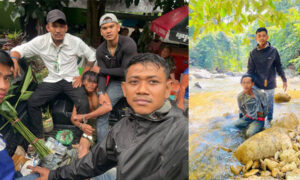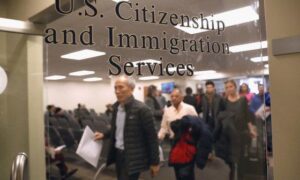President Yoon Suk Yeol marked his first year in office on May 10 after bringing a series of major changes across every facet of government during the bustling period. The numbers below represent key moments of his presidency and succinctly summarize the changes.
1: President Yoon is the first South Korean president in 12 years to address a joint meeting of the United States Congress during a State Visit. During his 43-minute speech on April 27, President Yoon received 23 standing ovations as he spoke of honoring the past 70 years of the ironclad ROK-U.S. alliance and strengthening its future. Those sentiments are embodied in the Washington Declaration that he and U.S. President Joe Biden agreed to during their summit on April 26.
The declaration is aimed at setting up a Nuclear Consultative Group between the two countries that allows South Korea a greater say in nuclear planning and execution to deter North Korea’s nuclear threats. U.S. media outlets also described the address as a moment of bipartisan cooperation between the Republicans and the Democrats in support of South Korea, one of Washington’s most important allies.
President Yoon also became the first South Korean president to attend a North Atlantic Treaty Organization summit after being invited to the one on June 28, 2022, in Spain. His attendance consolidated South Korea’s improved status in the world and expectations for the country’s role in the global community.
11: U.S. President Biden visited Seoul just 11 days after President Yoon took office, marking the earliest case for a South Korean president holding a summit with a U.S. president. It was also a break from standard procedure in that the U.S. president visited Seoul before Tokyo during a tour of Northeast Asia.
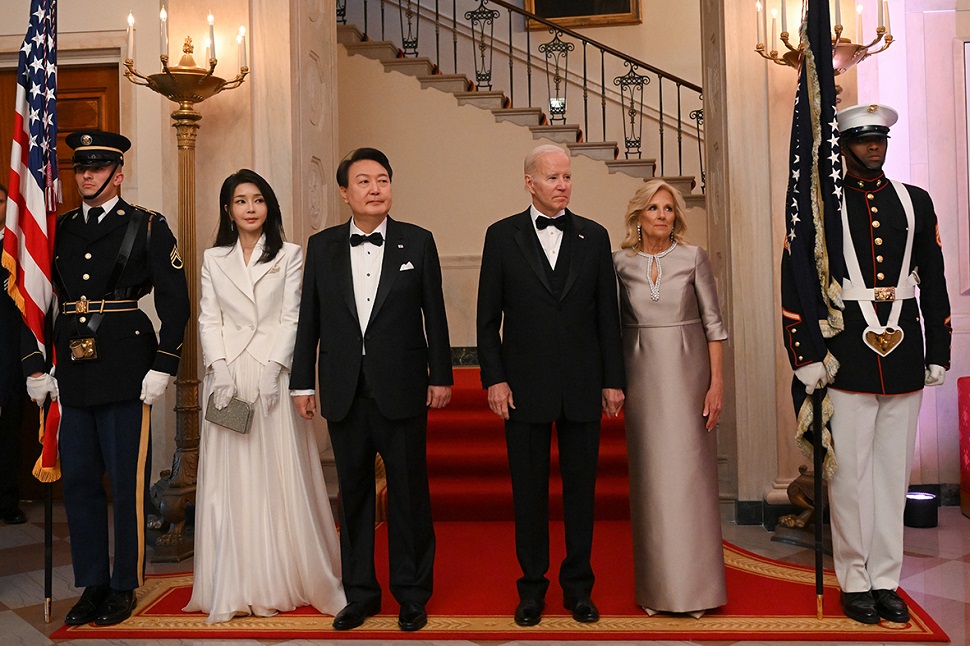
Photo courtesy of Ministry of Culture, Sports and Tourism
Korean Culture and Information Service (DAP News)
President Yoon and President Biden have had five meetings so far: The first four came last year – a summit on May 21, a South Korea-Japan-U.S. trilateral meeting in Madrid in June, a pull-aside meeting on the occasion of the United Nations General Assembly in New York in September, a second trilateral meeting in Phnom Penh in November – and the latest was the summit in Washington this April.
12: The regular reciprocal visits between the leaders of South Korea and Japan resumed in May this year after a 12-year hiatus. Seoul-Tokyo relations had been in a downward spiral for more than 10 years due to the countries’ differences on historical issues, but a breakthrough occurred after President Yoon took office.
Following a number of engagements with Japanese Prime Minister Fumio Kishida during multilateral events, the President visited Tokyo for a summit with the Prime Minister on March 16, where they agreed to build future-oriented bilateral relations. Just 52 days later, Prime Minister Kishida paid a reciprocal visit to Seoul, showing that the customary shuttle diplomacy between the two countries’ leaders has resumed 12 years after former Japanese Prime Minister Yoshihiko Noda visited Seoul in October 2011.
The restoring of Seoul-Tokyo relations is seen as verification of President Yoon’s vision that the improved ties would bring about a stronger alliance with the U.S. and improve South Korea’s status in the global community. Also, the reciprocal visits are raising hopes that they could become a platform for addressing various pending bilateral issues as well as regional challenges spanning the Indo-Pacific region.
3 trillion: Korea Hydro & Nuclear Power bagged a 3 trillion won (US$2.25 billion) contract for Egypt’s El Dabba nuclear power plant project on August 26 last year. It was the largest nuclear power-related export for South Korea since 2009 when the country won a deal to construct four nuclear reactors for the United Arab Emirates’ Barakah nuclear power plant.
The achievement came after President Yoon announced the country’s goal of exporting 10 nuclear power plants by 2030, scrapping the previous administration’s plan to phase out nuclear power from South Korea’s energy mix.
7: On June 21, South Korea became the world’s seventh country to put a satellite into geosynchronous orbit with its own launch vehicle, following the successful liftoff of a Nuri space rocket. On December 28, the country also became the world’s seventh country to explore the Moon, after a domestically developed lunar orbiter, Danuri, settled into the moon’s orbit.
The successes herald a major leap-forward for South Korea’s space program, which had a challenging start in the 1980s. To keep up the momentum, the South Korean government decided to set up the Korea Aerospace Administration (KASA) and agreed with the U.S. to strengthen the two countries’ space alliance.
8: On July 19, the KF-21 Boramae, the nation’s first domestically developed fighter jet, made history with a successful maiden flight. The feat also made Korea the eighth country to develop an advanced supersonic warplane.
The project was first floated two decades ago but has been delayed due to a series of twists and turns, e.g., the debate over creating a single- or double-engine fighter, the U.S.’ refusal to transfer a core technology and a major modification to the fuselage.
After the long and arduous process of conducting feasibility studies and gathering opinions, the country began exploratory research in 2011 and got down to business on the project in earnest in December 2015.
The warplane’s development means more than securing a domestic source of weaponry. It has helped South Korea enjoy enhanced military and political status in the region, demonstrating its technological prowess in the defense industry.
In a report by the Korea Research Institute for Defense Technology Planning and Advancement, South Korea’s share in the global weapon export market from 2017 to 2021 was 2.8 percent, making it the world’s eighth largest defense exporter.
74: Cheong Wa Dae, the former compound with the executive office and official residence of the president in Jung-gu District, Seoul, was completely opened to the public for the first time in 74 years. President Yoon opted to begin his presidency at a new presidential office in Seoul’s Yongsan-gu District.
The decision was aimed at improving the president’s communication with the public and revealing the traces of the country’s modern history hidden behind Cheong Wa Dae’s fortress-like walls.
During the past year, a total of 3.42 million people have visited the former presidential compound, including 777,242 people who toured in the first month it was open.
2: From June 28, South Koreans will become up to two years younger; the country revised its laws to follow the internationally accepted way of counting age on official documents.
On December 28, the National Assembly passed a revision that scrapped the country’s traditional methods of determining age – a person is one year old at birth and then gains a year on the first day of each New Year.
The revision was aimed at reducing unnecessary socio-economic costs associated with the related legal and social disputes that arise as well as the persistent confusion caused by the different methods of calculating age.


